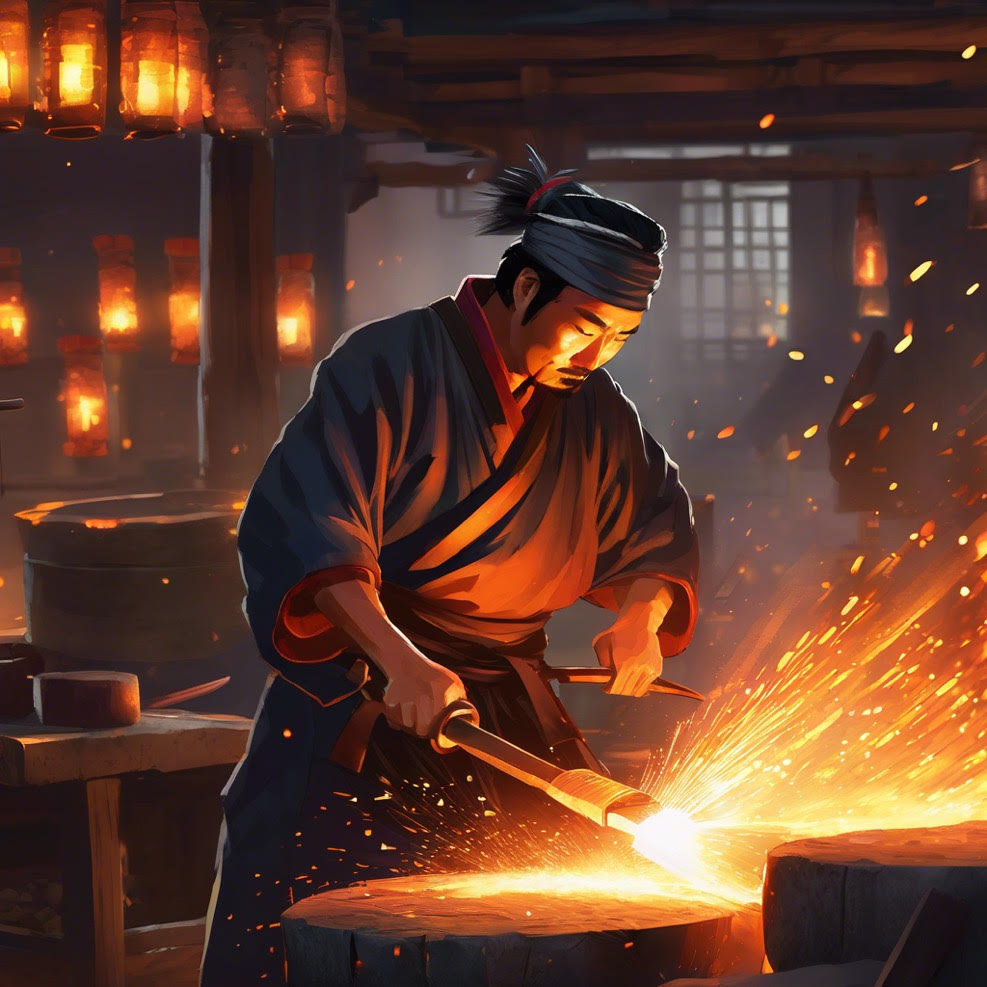The History of Knife Making: Exploring the Evolution of Knives from Ancient to Modern Times

Knives have been vital tools throughout human history, essential for survival, craftsmanship, and culinary arts. Their evolution mirrors advancements in technology, materials, and culture.
The Dawn of Knife Making
Knife making began in prehistoric times with tools crafted from flint, obsidian, and other sharp stones. These early knives were crucial for hunting and food preparation. The advent of metalworking during the Bronze Age (around 3300 BC) introduced copper and bronze knives, offering stronger options and paving the way for more intricate designs.
The Iron Age and the Rise of Forging
The Iron Age (around 1200 BC) marked a significant shift as iron became the preferred material. The development of blacksmithing allowed artisans to create more precise and durable knives. This era also saw knives become symbols of status, with many cultures embellishing them with intricate designs.
The Middle Ages: Knives in Daily Life and Warfare
By the Middle Ages, personal knives, or pocket knives, became commonplace. They featured wooden handles and decorative elements. Knives evolved into specialized tools for cooking, butchering, and self-defense. This period also witnessed the transition of knives into weapons, with swords and daggers showcasing advanced craftsmanship.
The Industrial Revolution: Mass Production and Innovation
The 18th and 19th centuries brought mass production, making knives more accessible. Innovations like stainless steel transformed the industry, enhancing durability and corrosion resistance. Chefs began utilizing distinct knife styles, leading to the creation of iconic designs focused on ergonomics and functionality.
Modern Knife Making: A Blend of Tradition and Technology
Today, knife making combines traditional craftsmanship with modern technology. High-performance steels and innovative manufacturing processes cater to a diverse range of users, from professional chefs to outdoor enthusiasts. A resurgence in handmade knives has sparked a revival of ancient techniques, merging them with contemporary designs.
In conclusion, the history of knife making reflects human innovation and adaptation. From primitive stone tools to sophisticated modern blades, the evolution of knives showcases the artistry and functionality that have defined this essential tool for centuries. At Tanzo Cutlery, we honor this heritage by offering high-quality knives that embody both tradition and modern design. Whether you're a chef or a home cook, our collection ensures you have the best tools for your culinary adventures.

